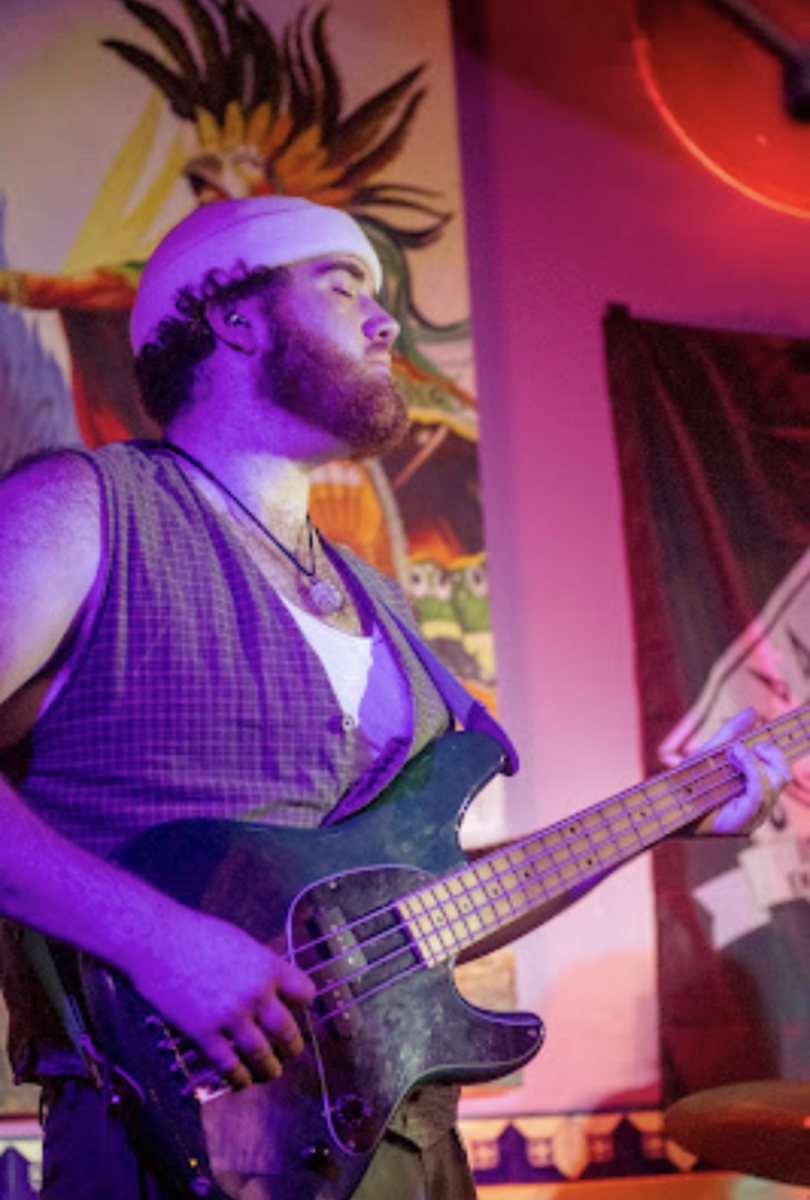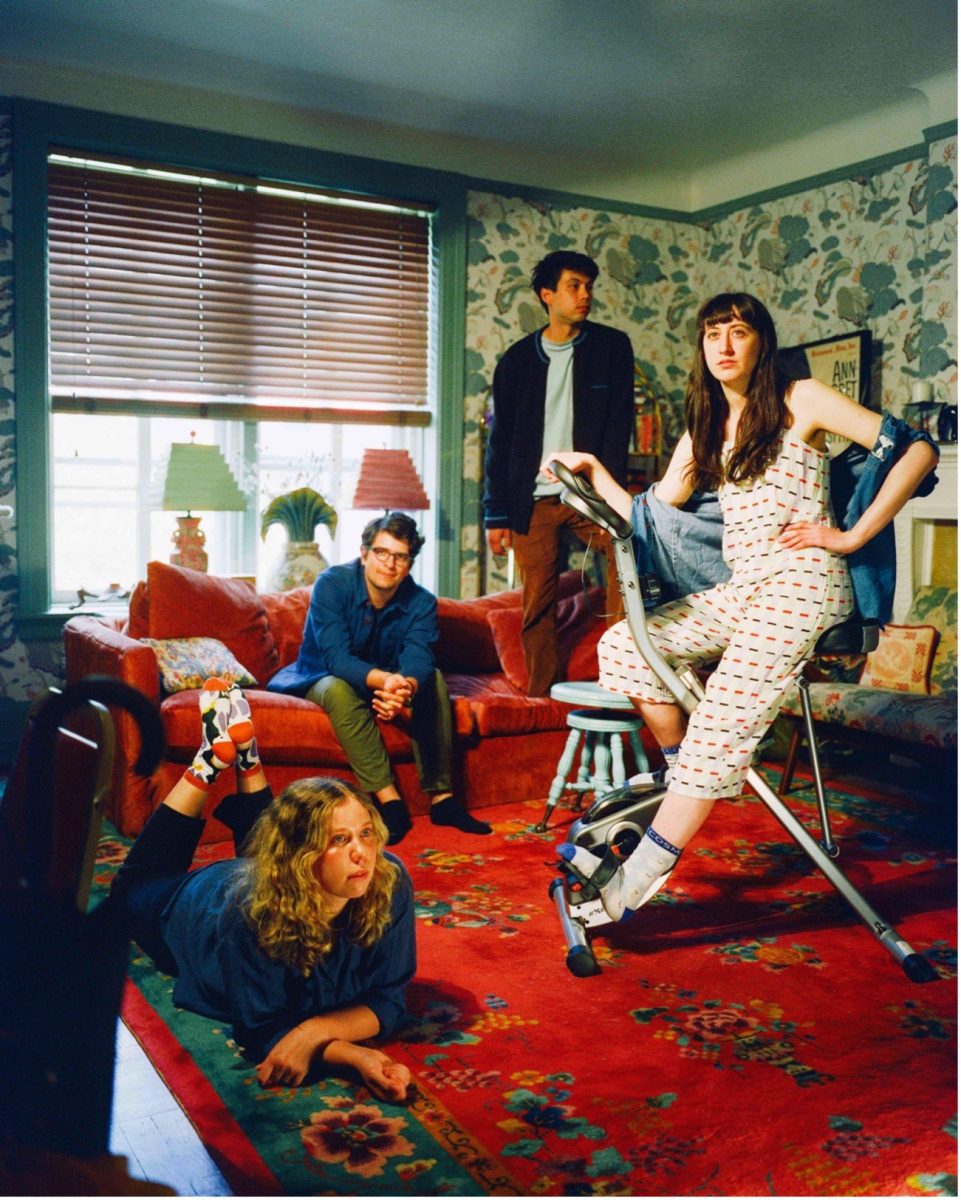
This morning I went to my first wine tasting as part of my Argentine Food and Wine class…at 9AM. Buenos Aires certainly knows how to start a day off right! We did a blind tasting, which meant that the bottles were covered so we couldn’t see what type of wine we were drinking. Just from seeing the wine though, I knew we were trying a white, a rosé, and a red wine. The colors were all very beautiful! There are three parts that go into a wine tasting: examining the color, examining the notes, and examining the tastes in the mouth.
To examine the colors, you tile the glass at a 45° angle, and it helps to hold a white napkin behind the glass to see the colors more clearly. In a white wine, you look at the colors that are along the sides of the glass. If it’s a young wine, it will have green and yellow tones. In a younger wine, the tones are more golden. The particular white wine we tried had yellow and green tones, so we determined it was a young wine. For red and rosé wines, you have to look in a different location for the colors: along the edge of the top rim. For both, a pink or ruby color means a young wine and orange or garnet color indicates an old wine.
The second step is examining the notes. Swirl your glass around to give the wine air, and then smell it. Our white smelled fresh, dry, and fruity (rather like champagne), the rosé more sweet and fruity, and the red smoky and toasty. I was really bad at picking out the specific smells! These descriptions all came from our professor.
The third step is to examine the tastes, so you can finally drink it! For the first sip, we were told to drink and just swallow it because that allows you to note the acidity and alcohol. For the real tasting, you take a small sip, inhale a small amount of air through your lips, swish the wine around in your mouth, swallow, and then exhale through your nose. The wine takes on a completely different flavor after this step! Acidity you taste in the back and sides of your mouth, sugar is tasted on the tip of the tongue, and tannins (which cause the dryness felt after drinking a red wine) on your gums. The white wine was really dry, the rosé more sweet and smooth, and the red was very smooth and oaky.
All in all it was a very successful first tasting! At the end, the wines were revealed to us, and almost everyone guessed incorrectly! Here are the names of the wines along with a description of their taste, and prices in Argentine pesos:
- White: Dante Robino Chardonnay 2011; light body, dry, fresh, fruity; $50ARS
- Rosé: Carmela Benegas Cabernet Franc 2010; red fruits, greater body, not aggressive; $35-38 ARS
- Red: Alta Vista Premium Bonarda 2008; smooth, spicy, toasty, no sugar, gentle; $60 ARS
All the wines were produced in Mendoza, Argentina. I like them all, but my favorite was the white. If you’re a wine fan, keep an eye out for these guys at your local liquor store!
Carolyn Tiernan can be reached for comment at [email protected]







Kathleen Perry • Mar 14, 2012 at 2:57 pm
Hi Carolyn,
Your cousins, my daughters, both took the wine tasting
course at Ohio State and got A’s. The rest of their grades.. that semester–ah–not so good. Sounds like you’ll keep the A’s going. They both claim that it has been one of the most useful courses they’ve ever taken. Keep up the good work. Love. Aunt KATE